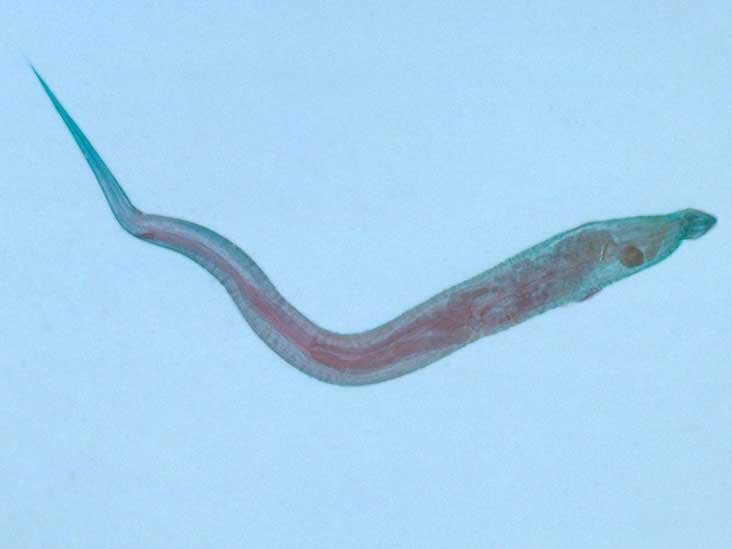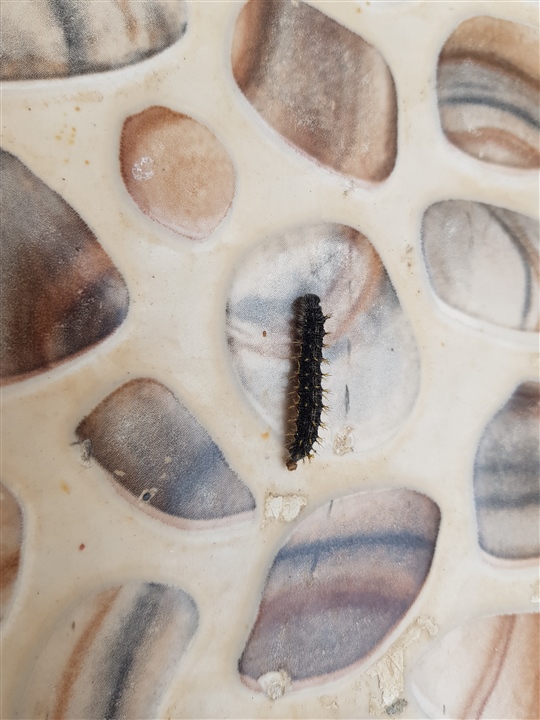

Examples include fleas, lice, and mosquitoes.
Ectoparasites live on the host rather than inside the host. Examples include hookworm disease, pinworm infection, guinea worm, tapeworm, and roundworm. Helminths are parasitic worms that multiply in the host. Protozoa are tiny organisms with only one cell that are not visible to the naked eye. There are mainly three types of parasites that cause disease in humans: What types of parasitic diseases affect the human body? We will also briefly discuss the treatments and preventive measures for these parasitic diseases. Please continue reading to learn about some of the signs and symptoms of parasitic infections that occur in the US and among international travelers. Yet severe infection can lead to life-threatening complications like seizures, heart failure, blindness, perforations in the intestinal wall or reproductive organs, and even death. Diseases caused by parasitic species often remain undiagnosed. 
However, parasitic infections do occur in the United States as well and are a public health concern. Infectious diseases caused by parasites are typically associated with tropical and subtropical regions in third-world countries, where they cause millions of deaths globally.

They typically spread through contaminated water and food or bug bites. Parasites can range in size from microscopic organisms like Toxoplasma gondii that are invisible to the naked eye to parasitic worms like tapeworms, where adult worms can be up to 80 feet long. Human parasites obtain nutrition by living on or inside a human host. Parasites are organisms that live off other organisms called hosts.







 0 kommentar(er)
0 kommentar(er)
